Many daydream about making a road trip across continents. There may be real or perceived hurdles in the way, so what does it take to actually do it? For anyone whose life’s jigsaw pieces can coalesce around such a dream—and respectfully, not everyone’s can—a commitment to the decision is all it takes. Then comes doing whatever is necessary to make it happen. It sounds too easy, but in reality it is! The hardest part is right at the beginning when you have to release all the things that hold you from doing it in the first place.
Having reached a point in our 9-to-5 lives that no longer reaped enough intrinsic reward, the time came for a change and we decided on a big one. We pinned down a departure date and from there the pieces began falling into place. It still took a degree of work but at least with every task we were one step closer to leaving.
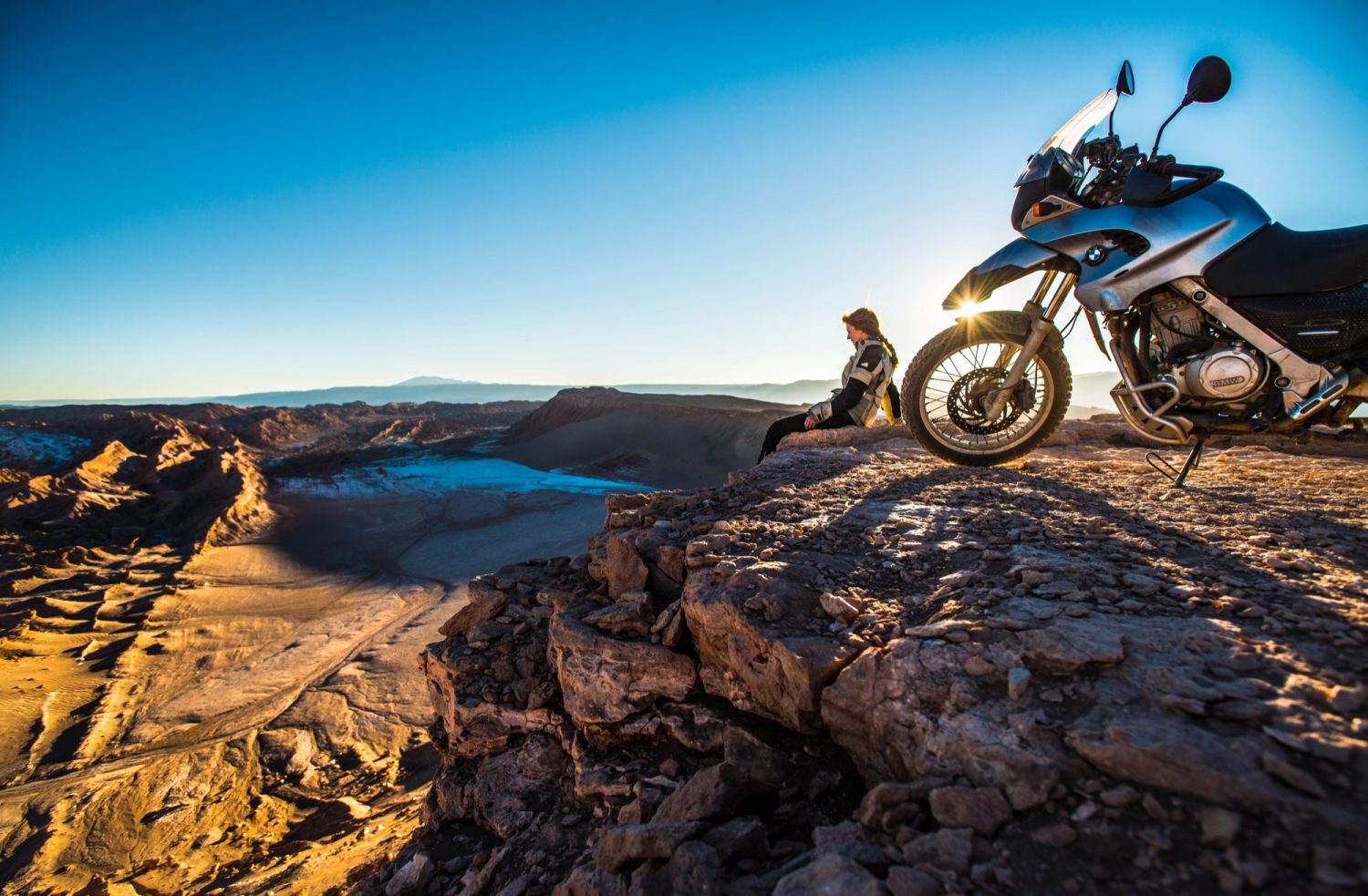
Motorcycling travel involves one step: going
Where to start? Is it better to throw caution to the wind and just go where the road takes you? Or indulge a bulletproof itinerary? Organizing your first big two-wheeled adventure can be daunting. There’s much to consider and even more to research. A wise person once said, “Each research session makes the trip look more difficult, so I’ve decided to stop researching.” That’s a gem to keep in the back of your mind—particularly if you find yourself waist-deep in too many pre-trip planning activities.
Chris Scott’s Adventure Motorcycling Handbook, Horizons Unlimited’s Achievable Dream DVD boxed set, and the Haynes Adventure Motorcycling series by Robert Wicks are solid starting points. We got away with doing the bare minimum because the Americas are such easy continents through which to travel. On the other hand, Central Asia requires a little more homework. Doing some groundwork for your trip will unquestionably make life simpler on the road, allowing you to spend less time troubling over details with more time to enjoy yourself.

Drawing a line
Before you begin putting down places and dates on a calendar, research destinations. Take notes, talk to those who have done exactly what you’d like to do, get the travel juices flowing. You’ll get a feel for what looks and sounds like your bag of fun. Make a wish list of what you want to see and do, and get a good map. We found everything always takes longer than anticipated. Plan for that, too.
You know where you’re going, roughly. You’ve acquired the latest guidebooks, an enviable collection of maps, Google search terms, and buddies who’ve been there before. Every resource possesses different information and opinions. How are you going to sieve all that and filter what’s useful so that it’s easy to reference on the road? The criteria you use to select potential destinations will make your research more effective. Alternatively, you can ignore it… well, most of it. Be prepared to change your best-laid plans. Ultimately, it’s your trip, your adventure; you’ll make your own decisions and create your own experiences along the way.
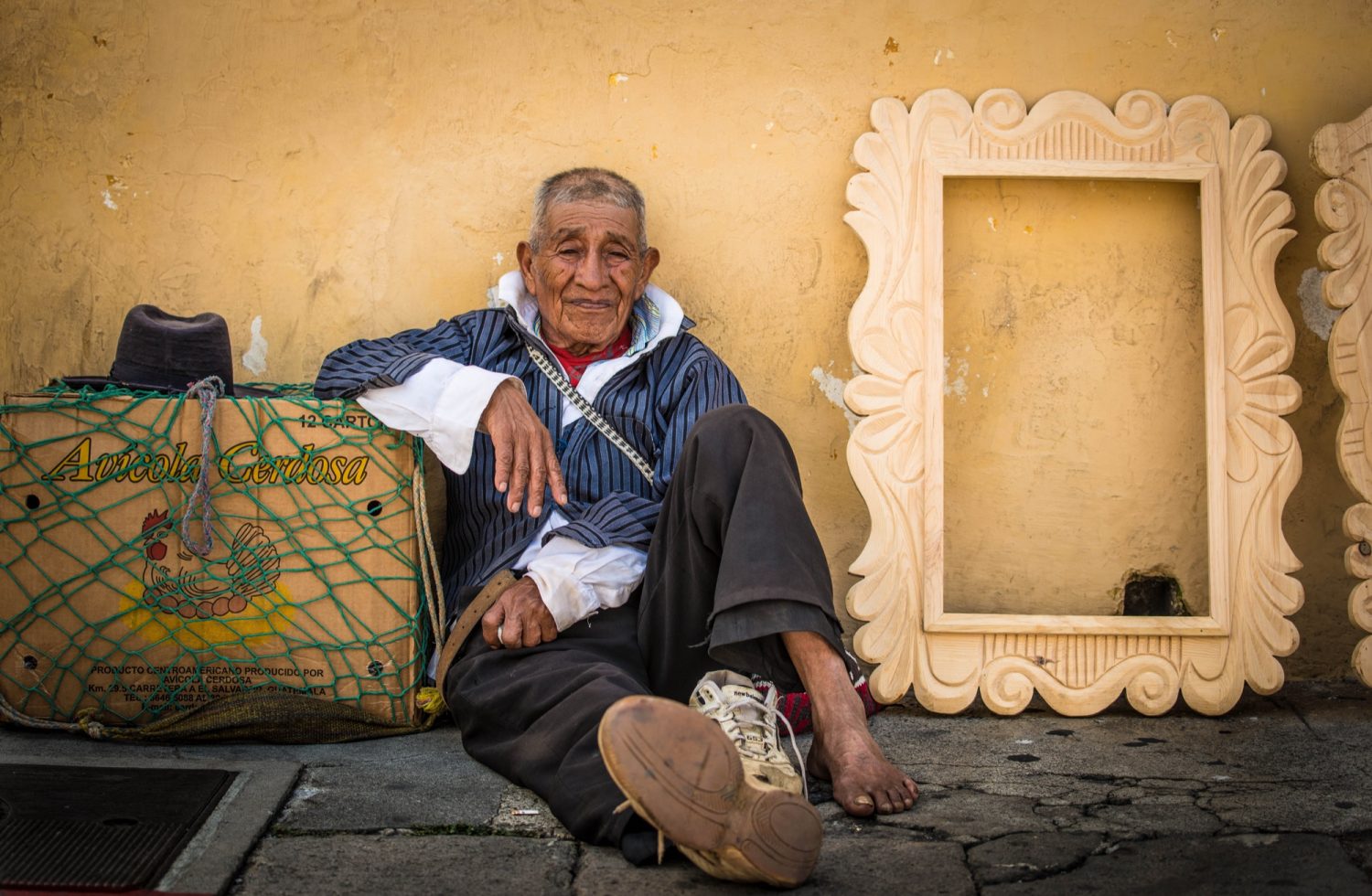
Common sense
Avoid treating published materials as gospel—from experience, we can say they aren’t always accurate and can often be out of date the minute they are published. Try to verify information with more than one source. Consider language barriers, safety, political situations, and the climate of the larger region before delving into the particulars of specific areas. An invaluable stream of the latest destination information can be drawn from fellow travellers on the road, so make friends with lots of them, as well as the locals en route. Most folks relish swapping stories and sharing the lowdown.
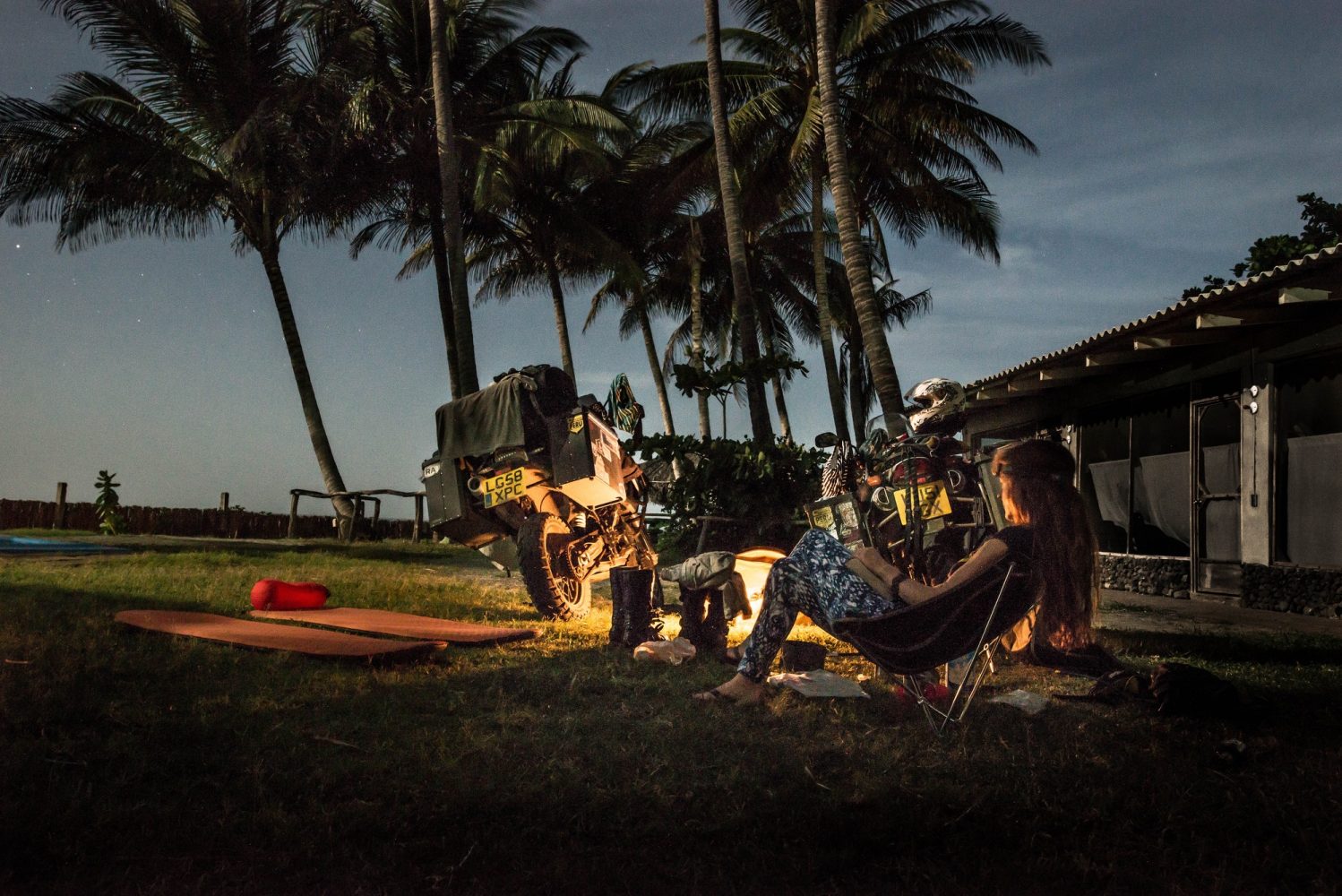
Shiny stickers and stamps
Boning up on visa requirements is advisable before departure, as stipulations vary significantly. Considerations include: waivers and extensions, single or multiple entries, visa types, expiration dates, and maximum stays. Your local consulate or destination’s embassy will usually be your most reliable resource. Do you need a carnet de passage for your destination country? Ask Uncle Google. I’m appreciative when visas can be issued online, although some require sending the travel document to an embassy. And we all prefer those visas that are issued at the border—such as those across South and Central America, all of which were 60- to 90-day stays to boot.

How much does a big trip cost?
Sitting astride our motorcycles through South and Central America cost us far less than sitting on the sofa at home. Our annual mortgage expenditure alone was as much as the cost to ride from Argentina upwards for 12 months. The amount, of course, depends on where you’re headed, the terrain, and the bike choice. Southeast Asia is cheaper than the United States, as is shipping and riding a smaller, simpler motorcycle than a liquid-cooled 1200cc with a fly-by-wire throttle—although if that’s what the heart wants….Much equally depends on whether you prefer travelling on a shoestring or with more luxury. We budgeted around $9,000 per person for 12 months on the road through South America (excluding the container shipping cost and one-off excursions to Antarctica). Breaking that down, South America cost us around $50 per day (combined).

Five easy steps
Step 1
Set a savings goal. Write it down: dates, times, countries, learning a new language, the Salar de Uyuni. Whatever is important to you.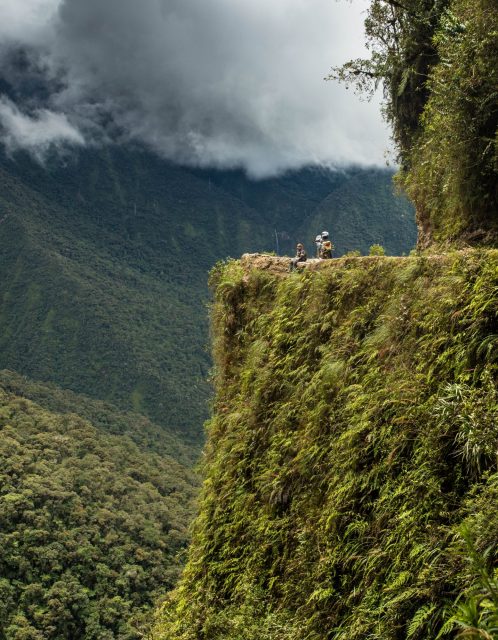
Step 2
Figure out what it costs. Get a feel for what others spend, see financial reports at SMboilerworks.com and AtlasRider.com. Get an idea as best as you can of what it’s going to cost in terms of shipping/flights, gas, food, motorcycle maintenance and repairs, accommodations, transport/parking/tolls, entertainment, entry fees, insurance, borders/visas/ permits, miscellaneous costs from back home, and then factor in a buffer for unforeseen or one-off expenditures.
Step 3
Have a stiff drink.
Step 4
Make a plan. Take the number of months until departure and divide by how much money you think you’ll require.
Step 5
Make it happen.

How does the average person afford it?
It may sound obvious but start saving early—at least a year. It took us well over 2 years. My advice would be to save after non-negotiable bills FIRST, not last. Cut everything else. Financial literacy is king: Realistic budgeting and smart banking with minimal fees and maximum interest earned (both before and during the trip), consistent saving and long-term investing. What works is saving like you’re possessed, indulging in “tiny house living,” dining in with friends as opposed to wining and dining out, and taking frugal strides to distance yourself from the cycle of consumerism.
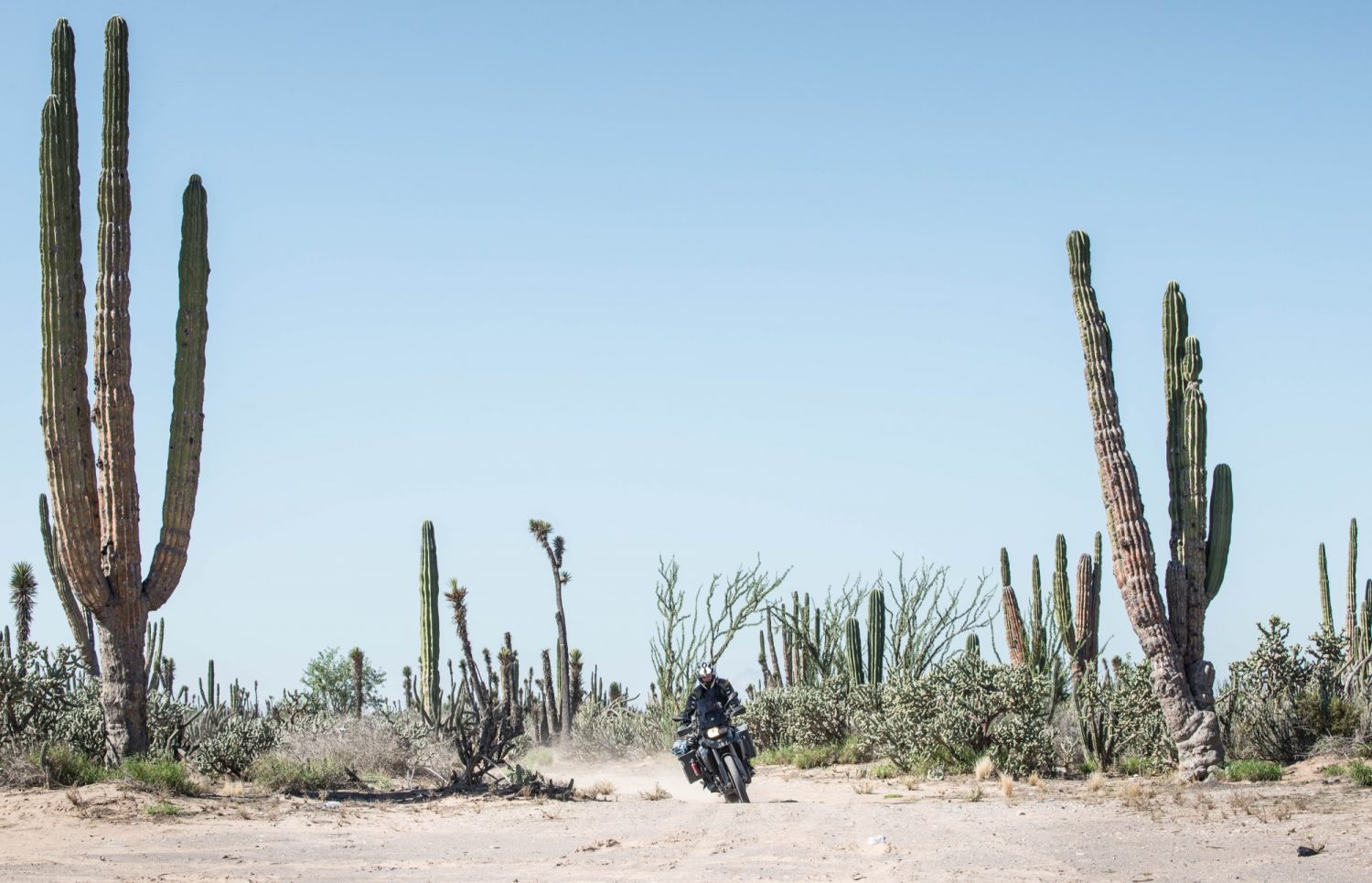
Keep it sustainable
Long-term affordability is key. Fortunately, hunting down campsites (iOverlander.com. FreeCampsites.net), negotiating room rates (HorizonsUnlimited.com, ADVrider. com), renting a room (AirBnB.com), home-sharing within the motorcycling community (MotoStays.com), and couch-surfing (CouchSurfing.com) have all brought our daily spending down considerably—equilibrating our budget against one-off expenses. As have non-riding days, cooking for ourselves, and dining on street food or in “spit and sawdust” rustic establishments that serve locals the “menu of the day.”

What to bring
Hah! I wish I’d adhered to the “less is more” rule. Generating a list of what you think you need, versus tailoring one based on what you actually need, is the biggest challenge. So, go with the “trial and improvement” method. There are many gear lists online from seasoned moto-travellers that act as good starters (ccgadventures.wordpress.com | PikiPiki.co.za). It’s worth noting that anything you forget can either be sourced, shipped, or purchased in the field. And, a worthy rule of thumb is to attempt to keep a third of your pannier space free.
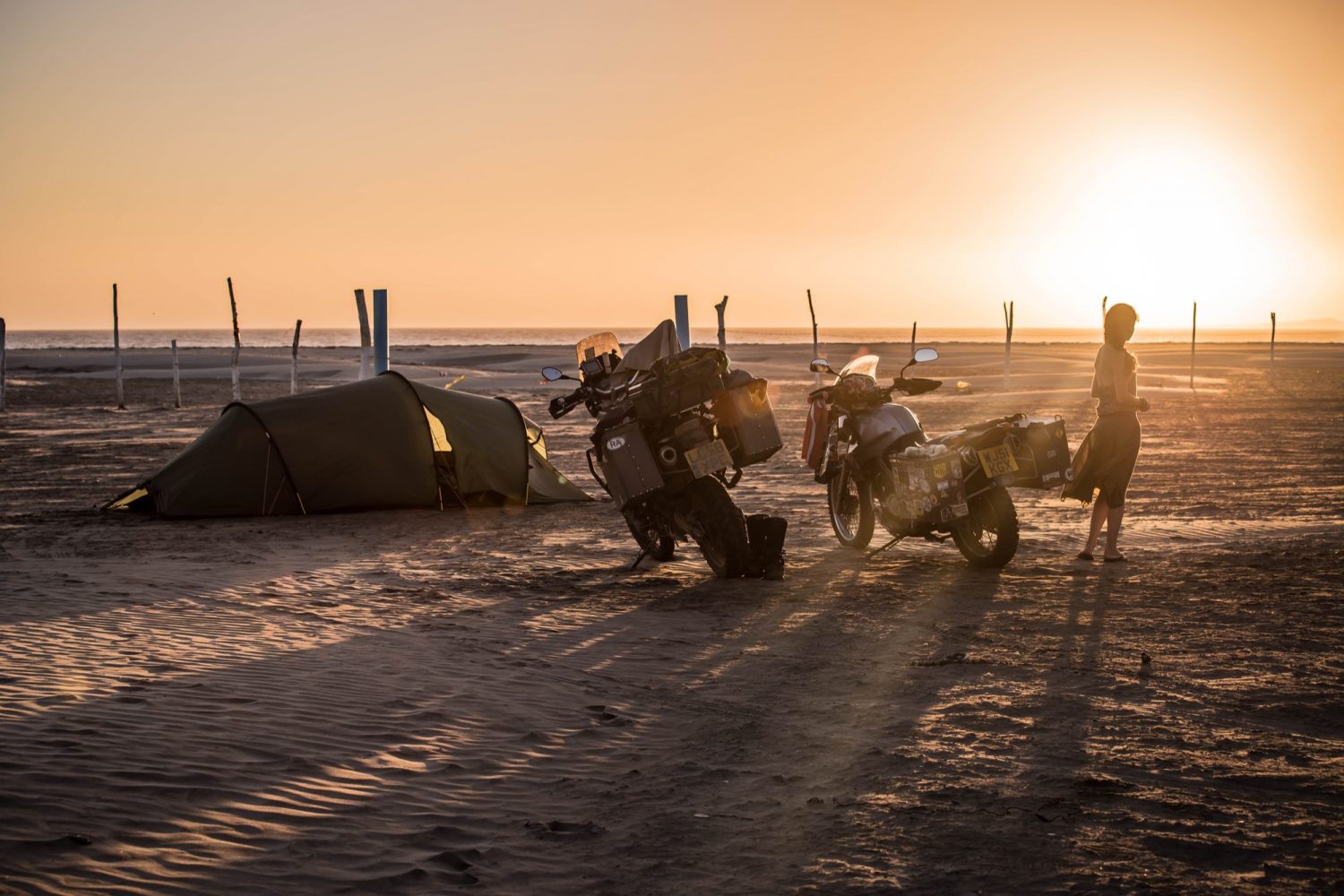
Evolve a resource bank
Humbly reach out when you’re on the road. Find friends and relations along the way and get in touch (Facebook, OutboundApp.org). It’s a beautiful thing when people reach out on your behalf. In addition to savings or a passive income, create revenue streams such as working while travelling, volunteering in exchange for free digs and food (WorkAway.com, GrassrootsVolunteering. org), or working remotely (Fiverr.com, Freelancer.com, Upwork.com), allowing you to better elongate your time out there. And be sure to check out Daniel Rintz (Open-Explorers.com) who completed a round-the-world trip having adopted his own mantra “2 wheels, 1 world, 0 money.”
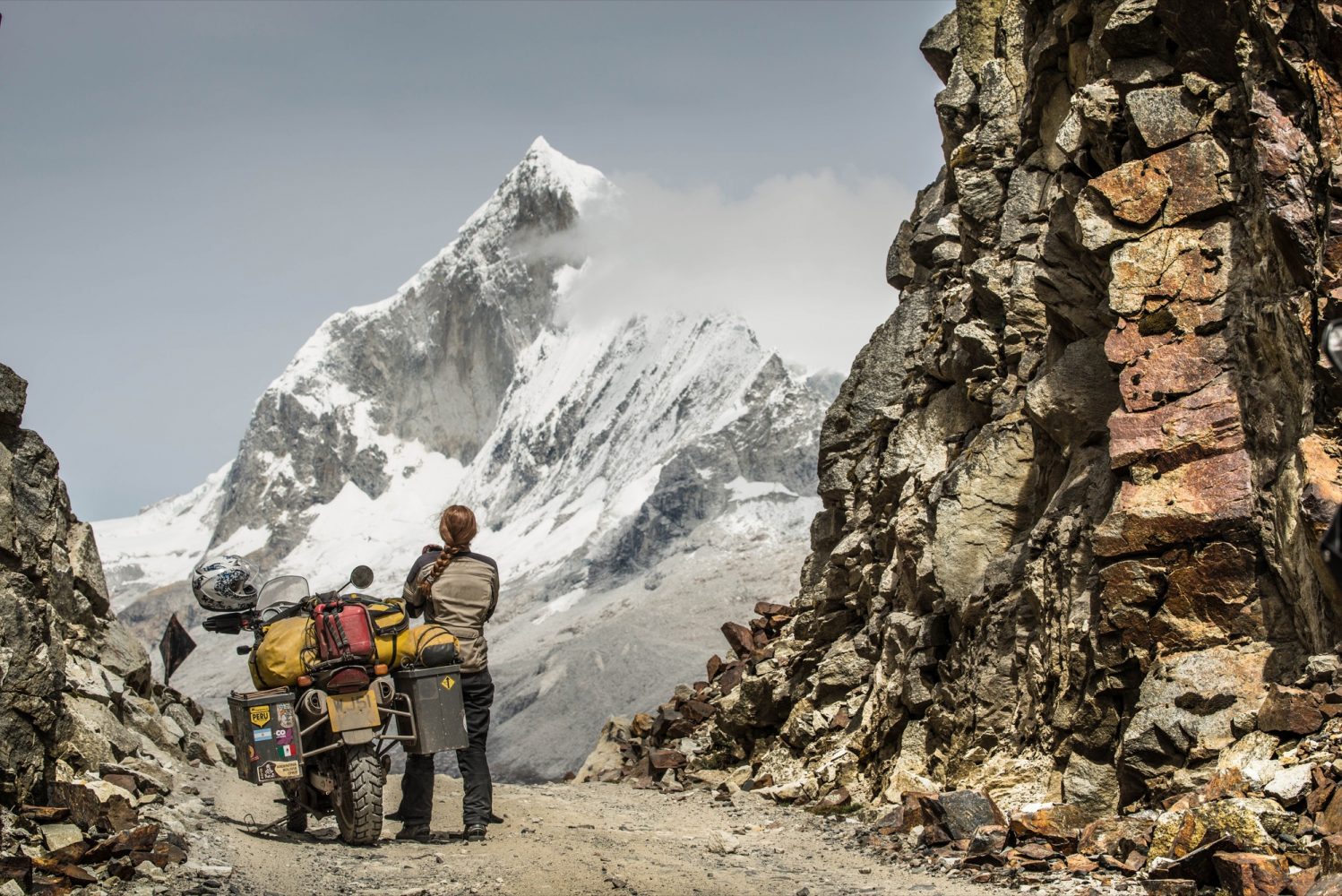
Stepping off the rat wheel
Your employer may give you a long-term career break, or if you tender a resignation, plan to start a new job when you return home; the end of a trip might not seem half as sweet otherwise. We’re not picky about what we do, careers are not how we define ourselves, and we’re adaptable. After the trip concludes, we’ll work hard and claw our way back up. We have learned how to save money and will do it again. After the trip and some time at home, we hope to have bridged the financial gap left by not working for 2 to 3 years. And of course we’ll be planning the next adventure!
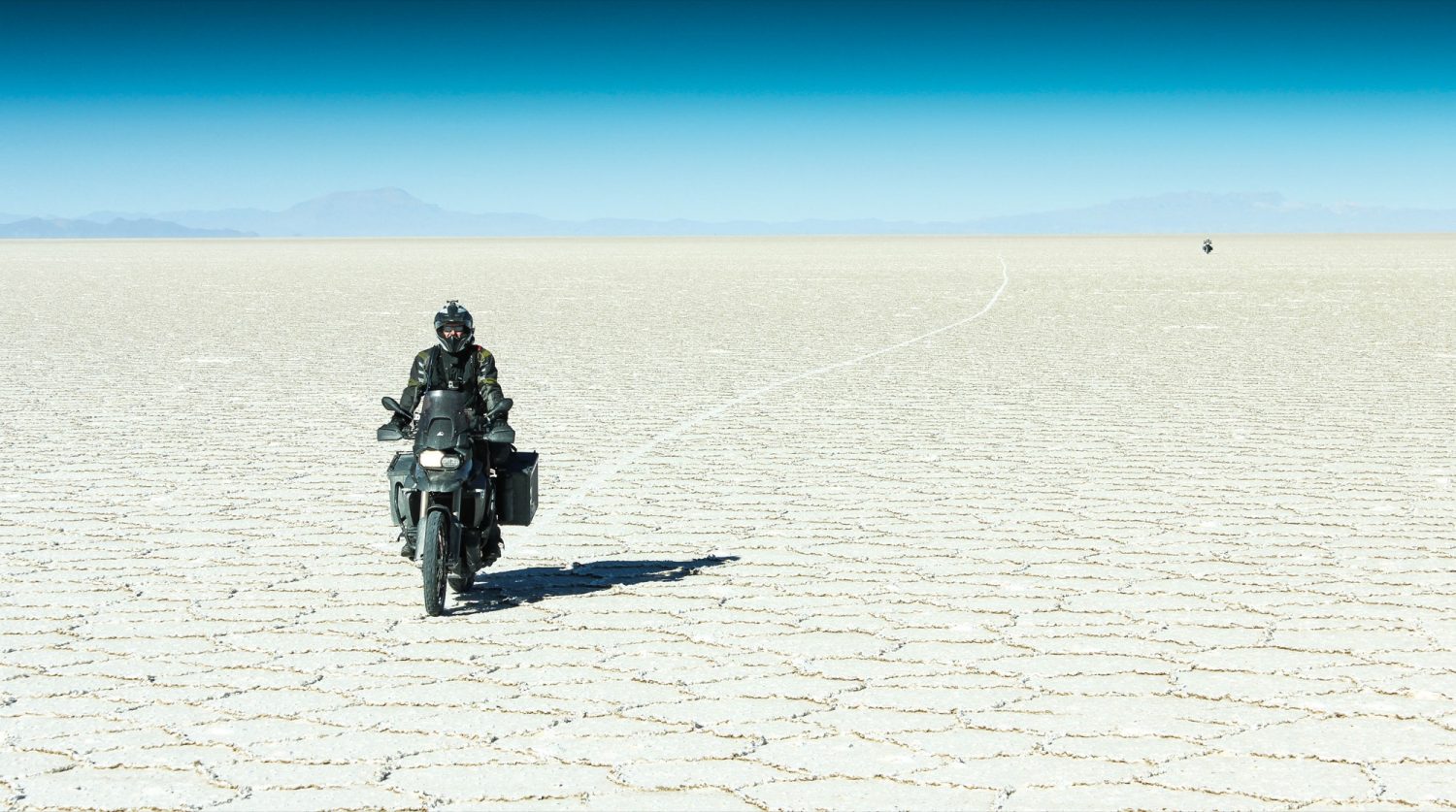
To go or not to go?
I realize that for some, packing up on two wheels isn’t an immediate or available option. However, if you’re willing to make the required changes (and living with less actually made life much simpler once we did it) then there’s nothing insurmountable stopping you.
Hope to see you out there…
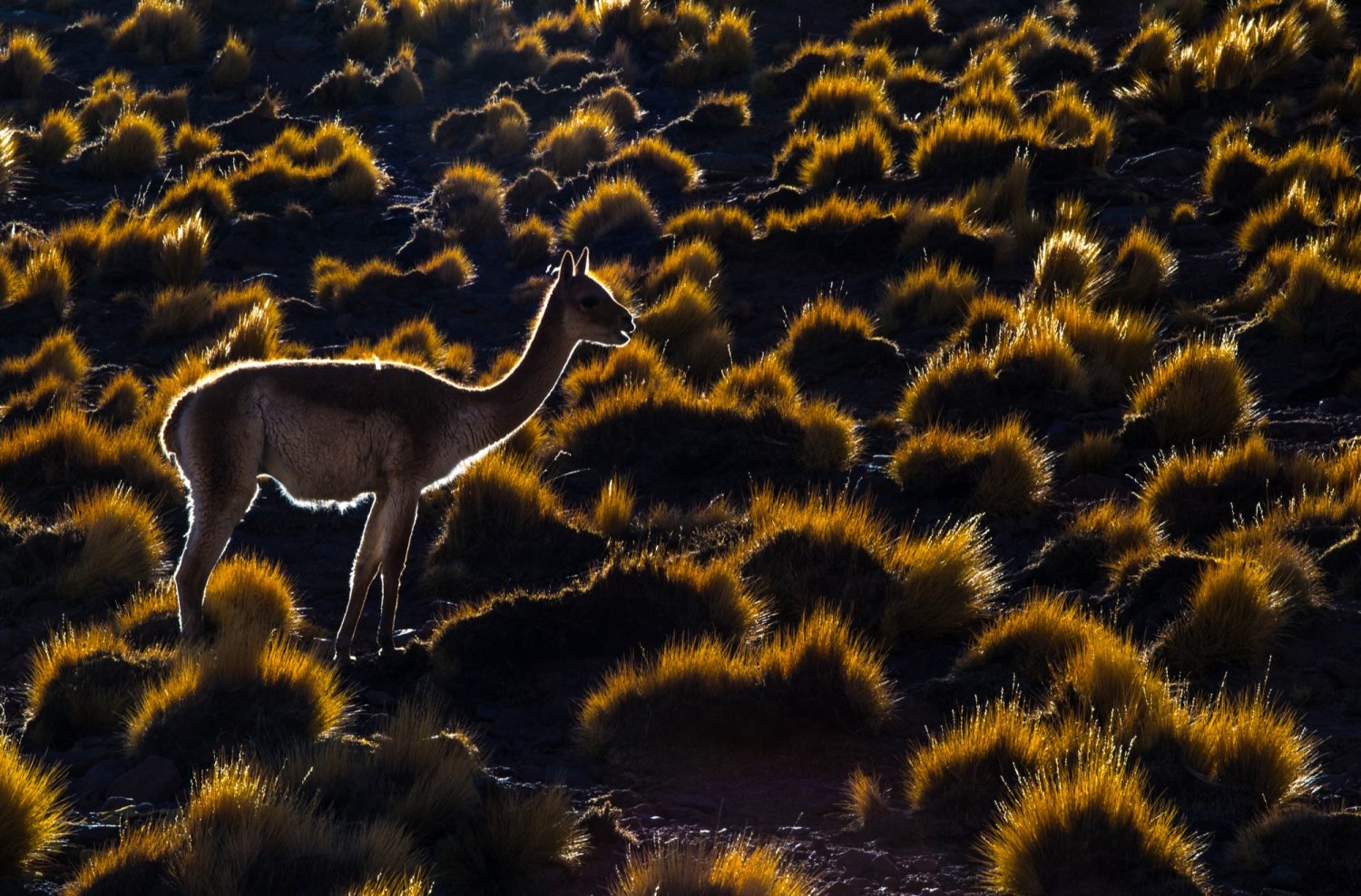
Join Lisa and Jason on their big ride north. Visit their website by clicking on the banner below:



